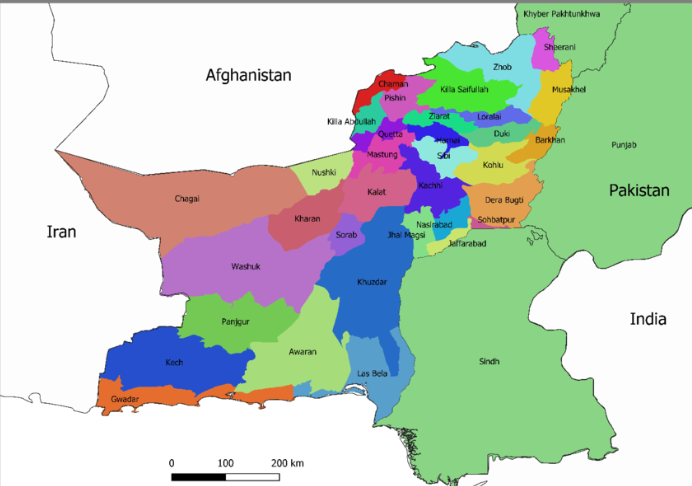
Balochistan, Pakistan’s largest province by area, occupies a crucial position in the nation’s geopolitical and security framework. Despite its vast resources and strategic significance, Balochistan remains at the center of a contentious debate surrounding the idea of a separate Balochistan. While this narrative has gained attention due to propaganda and disinformation, it is essential to understand both the potential and challenges of Balochistan within the context of Pakistan’s territorial integrity and national development.
Demographics and Ethnic Composition
Pakistan, with a population of approximately 242 million, has around 14.8 million residents in Balochistan. This demographic is not monolithic; it comprises various ethnic groups, including Pashtuns, Brahuis, Hazaras, and others. Ethnic Balochs do not constitute the entirety of the province’s population, reflecting its rich diversity.
The Baloch community extends beyond provincial borders, with significant populations in Punjab, Sindh, and urban centers like Karachi and Islamabad. Additionally, Balochistan shares a 909 km border with Iran, where a sizable Baloch minority resides. This cross-border demographic essentially undermines the notion of an independent Balochistan, as it highlights the dispersed nature of the Baloch population while limiting the potential for a cohesive, independent entity.
The Separatist Narrative
The idea of a separate Balochistan, though propagated by certain factions, is widely regarded as unrealistic. Even hostile intelligence agencies (HIAs) with embedded interests in destabilizing the region understand the impracticality of this narrative. Therefore, the Balochistan narrative requires a careful examination of the region’s realities rather than a simple acceptance of separatist rhetoric.
Balochistan’s Economic Potential
Balochistan’s location is of immense strategic importance, offering crucial connectivity routes for Pakistan and the broader region. The province serves as a bridge between West Asia, Central Asia, the Middle East, and South Asia, making it a hub for regional trade and economic integration.
Balochistan is endowed with a wealth of mineral resources, including copper and gold. Located in the Chaghi District, Reko Diq is a large copper and gold deposit containing 12.3 million tons of copper and 20.9 million ounces of gold in inferred and indicated resources.
The province’s coastline, spanning over 1,096 km, hosts Gwadar Port, a cornerstone of Pakistan’s Blue Economy. Gwadar’s strategic location makes it a critical hub for maritime trade, with the potential to transform into a regional trade center. The port is expected to play a pivotal role in the China-Pakistan Economic Corridor (CPEC), linking Pakistan to global markets.
The people of Balochistan are known for their resilience and hard work. Harnessing this human capital remains essential for the province’s development. Investment in education, vocational training, and entrepreneurship could unleash the economic potential of the region’s workforce.
Security and Development Challenges
Balochistan’s potential to uplift Pakistan is viewed as an eyesore for inimical forces. These hostile actors recognize the strategic importance of the province and seek to hinder progress through various means, including sponsoring terrorism and insurgency.
Groups like the Balochistan Liberation Army (BLA) and the Baloch Republican Army (BRA) have targeted developmental projects, causing significant setbacks. Attacks on workers, camps, and machinery have disrupted progress and instilled fear among investors and developers.
The security situation in Balochistan has led to a substantial increase in project costs, with estimates suggesting that project costs in the province can be 3-4 times higher than in other regions due to the need for enhanced security measures. This has deterred foreign investment, limiting the province’s economic growth.
Frequent attacks on security forces and infrastructure contribute to a perception of insecurity that extends beyond the region. This perception not only affects investment but also hampers overall development, perpetuating a narrative of instability and deprivation.
The sense of deprivation among some Baloch communities is often exploited by separatist elements. However, this narrative, based on a separatist agenda, fails to account for the broader realities and the efforts made by the government to integrate Balochistan into the national framework.
Political Participation and Governance
Balochistan is well-represented in Pakistan’s national political landscape. Prominent Baloch leaders have held significant federal positions, including Prime Minister Zafarullah Khan Jamali and Chairman of the Senate Sadiq Sanjrani, indicating their integration into the national political process. The Pakistan People’s Party, Pakistan Muslim League (N), and Jamiat Ulema-e-Islam (JUI-F) have played crucial roles in Balochistan’s governance, contributing to the political stability of the province, albeit with varying degrees of success.
Balochistan has seen 21 Chief Ministers since its inception, all belonging to the ethnic Baloch identity. Despite their leadership, the effectiveness of these leaders in addressing regional issues has been mixed, often due to the complex interplay of local and national politics.
The Real Challenge: Geography and Communication
Balochistan’s geographic challenges are significant; 5% of Pakistan’s population occupies 44% of its land area. This disparity makes governance and development particularly challenging, as vast areas remain sparsely populated and difficult to reach.
The region’s rugged terrain and underdeveloped infrastructure hinder communication and the effective implementation of development projects. This geographic isolation contributes to the sense of alienation felt by some communities in Balochistan.
To maintain control and ensure the integration of Balochistan into the national framework, it is crucial to counter the perception that the province is slipping out of control. Effective communication and outreach are vital in winning the narrative and fostering a sense of belonging among the Baloch people.
Developmental Progress and Future Prospects
Recent years have seen concerted efforts to improve infrastructure, education, and healthcare in Balochistan. The federal government allocated over PKR 313.336 billion for development projects in the province in the 2023-24 budget, reflecting a commitment to its development. These projects include road networks, energy infrastructure, and educational institutions, which are expected to have a long-term impact on the region’s growth.
Improving governance, security, and development in Balochistan requires a multifaceted approach. This includes addressing the root causes of insecurity, enhancing political representation, and investing in human capital. Integrating Balochistan’s potential into Pakistan’s broader economic and strategic goals is essential for the province’s future prosperity.
Conclusion
Balochistan’s challenges and opportunities are deeply intertwined with Pakistan’s national interests. While the province faces significant security and developmental challenges, its potential for contributing to Pakistan’s economic growth and regional connectivity is immense. A balanced approach that addresses both security concerns and development needs is essential for ensuring a prosperous and stable Balochistan within Pakistan.
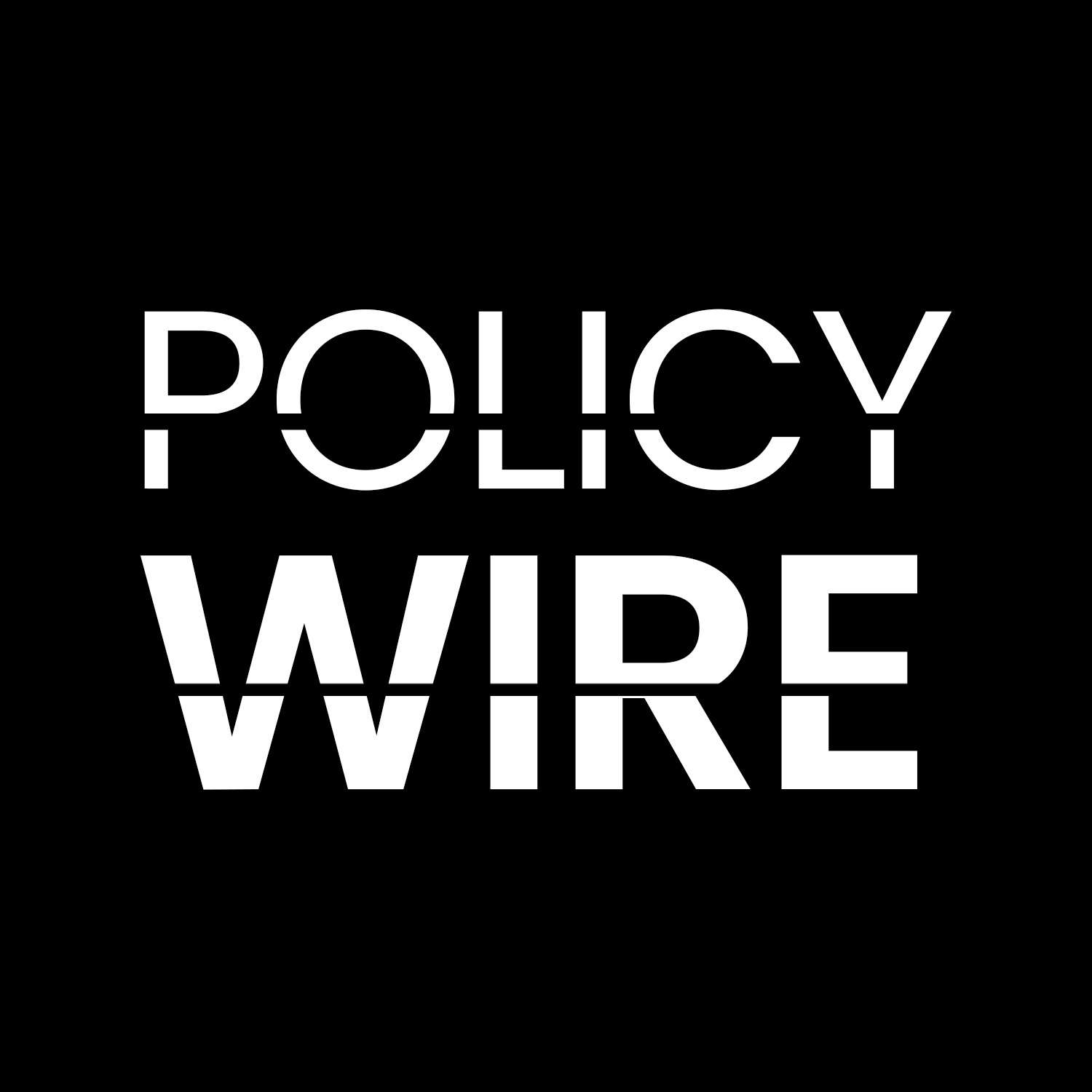




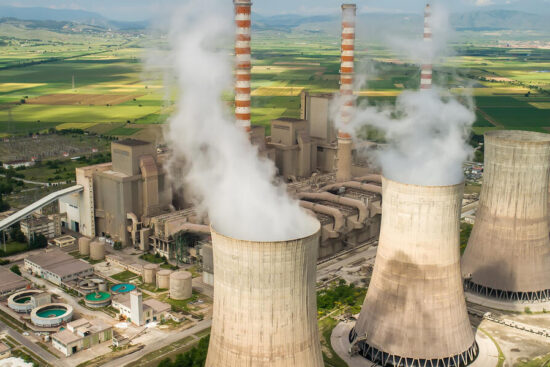
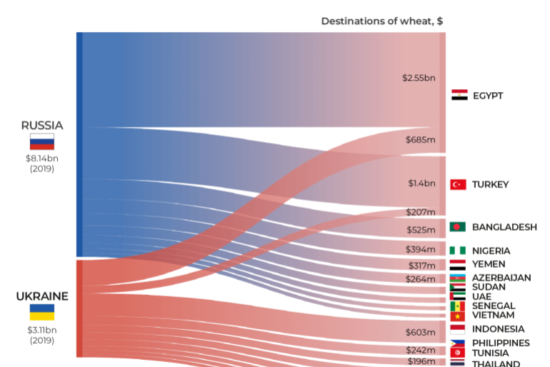
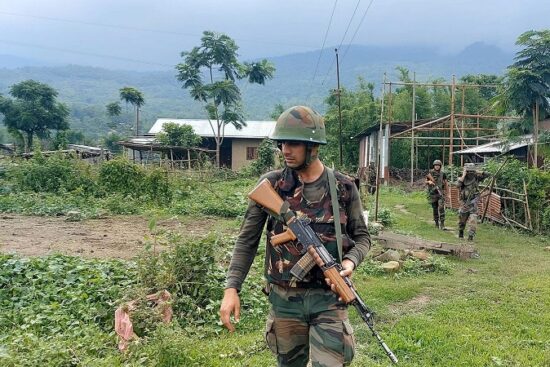
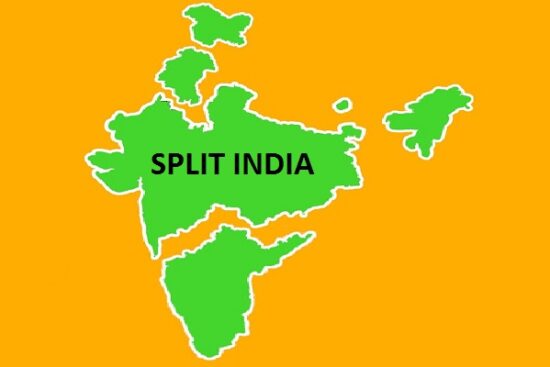
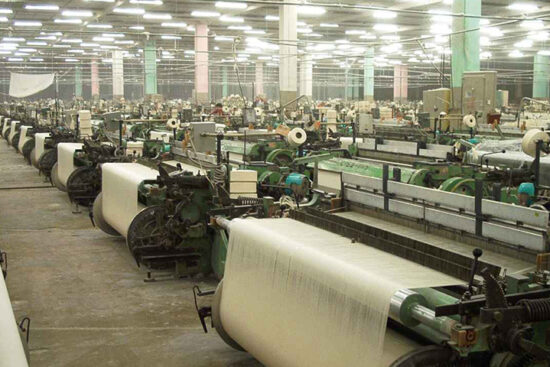









Leave a Reply